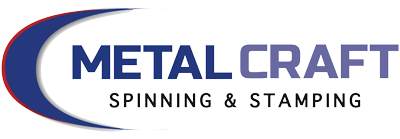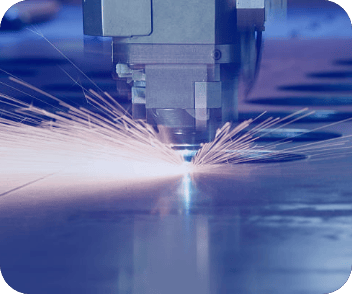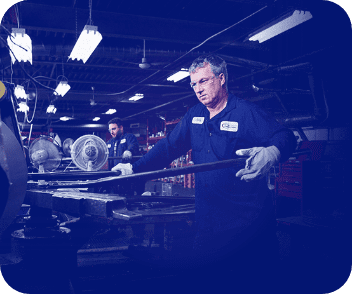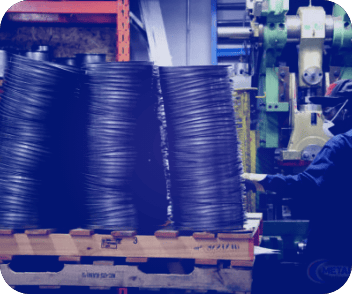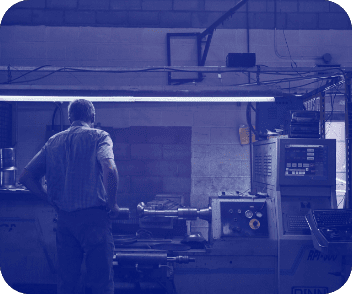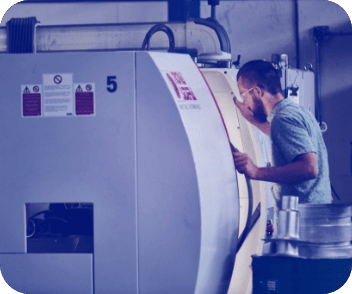Services
Metal Craft Spinning & Stamping is a leading provider of high-quality machining and manufacturing services. Our team has been serving industrial sectors for over five decades with reliable laser cutting, metal spinning, and stamping services for the development and production of precision metal components. We use state-of-the-art machining and manufacturing equipment to provide in-house production services and more.
